I have visited quite a few distilleries by now but The Balvenie Distillery was still on my list. I had tried to visit the distillery a few years ago (I thought it would be a good starting point when I started my adventure in whisky), but I was always too late to book the tour. There is a waiting list, so if you want do this tour make sure you book in time!
Well what makes this tour so much fun? You can see the whole proces of distilling but also the malting floor and yes you are allowed to take photos everywhere (well almost everywhere, you are not allowed to take photos in the warehouse).
The Balvenie Distillery was founded in 1892 by William Grant & Sons, also the owners of the Glenfiddich Distillery. It was initially built to help Glenfiddich, as there was a great demand for this whisky. In the beginning, the whisky was only used for making blends, but in 1973 it got its first official distillery bottling. After that it all went very fast, and the popularity of its own whisky grew enormously. It was therefore not surprising that William Grant & Sons in 1990 decided to build a new distillery (Kininvie) to cope with the demand for whisky for blends. But it was after the opening of Ailsa Bay in 2008 that the Balvenie could produce greater stocks. Nowadays only a very small percentage is used for the Grant’s blend Monkey Shoulder, the rest is used for their own range of single malts.
The Balvenie Distillery maltings
First part of the tour brings us to the malting facilities. This is the first floor where the barley is stored and prepared for malting. The Balvenie is one of the few distilleries that still uses its own malting floors and some of the barley that they use is grown at their own farm.
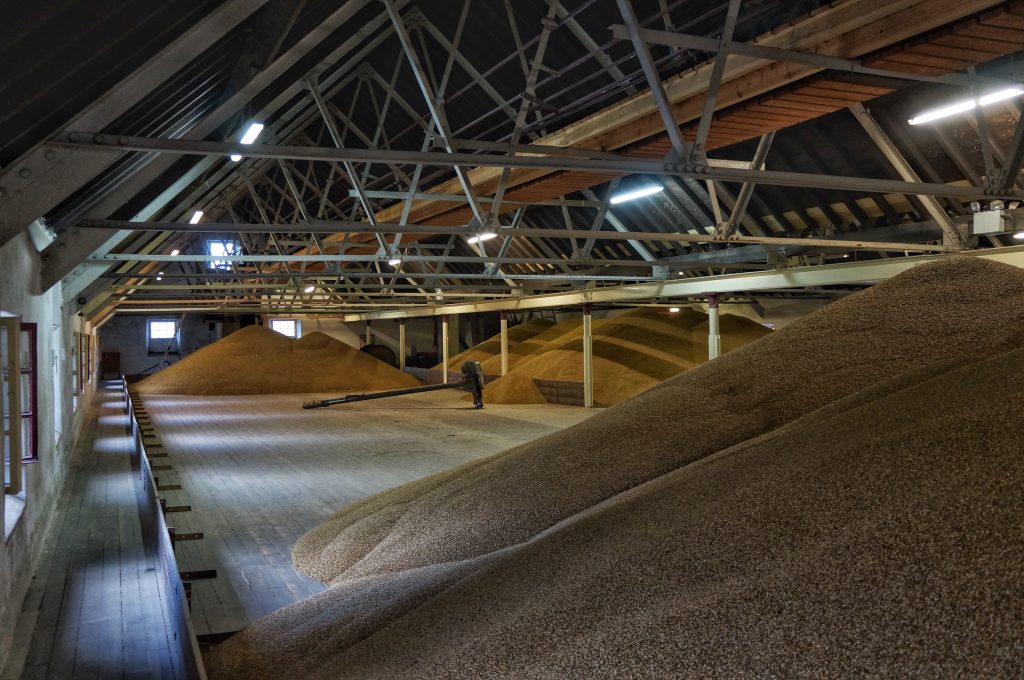
The second floor is used to lay down the barley so it can germinate. The barley has to be turned a few times a day. This is all done by hand, so you can imagine how much hard work is involved! That’s also the main reason why most distilleries buy in their malt from commercial maltings instead. The malting floor can only produce 10% of their malt, so even The Balvenie needs to buy a big part of its malt somewhere else. Last year when we were at the Balvenie this was completely empty. We didn’t do a tour back then but had the rare chance to view this being completely cleaned out.
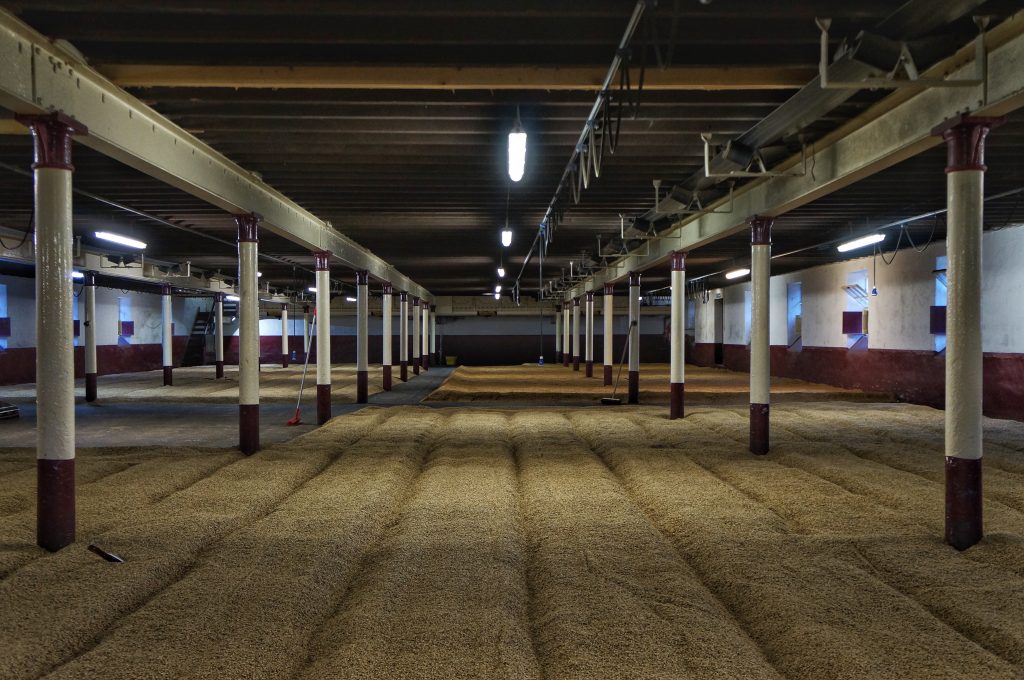
Drying the malted barley at the Balvenie Distillery
When the barley is in the kiln, the oven will be lit with anthracite to dry the barley.
Interesting detail: The Balvenie uses peat as well. Before they burn the anthracite they burn a very small amount of peat to give extra flavour to their whisky. There is also a peated batch every year but it’s quite interesting to smell the very subtle peat influence in the barley. After distilling this most likely will be gone.
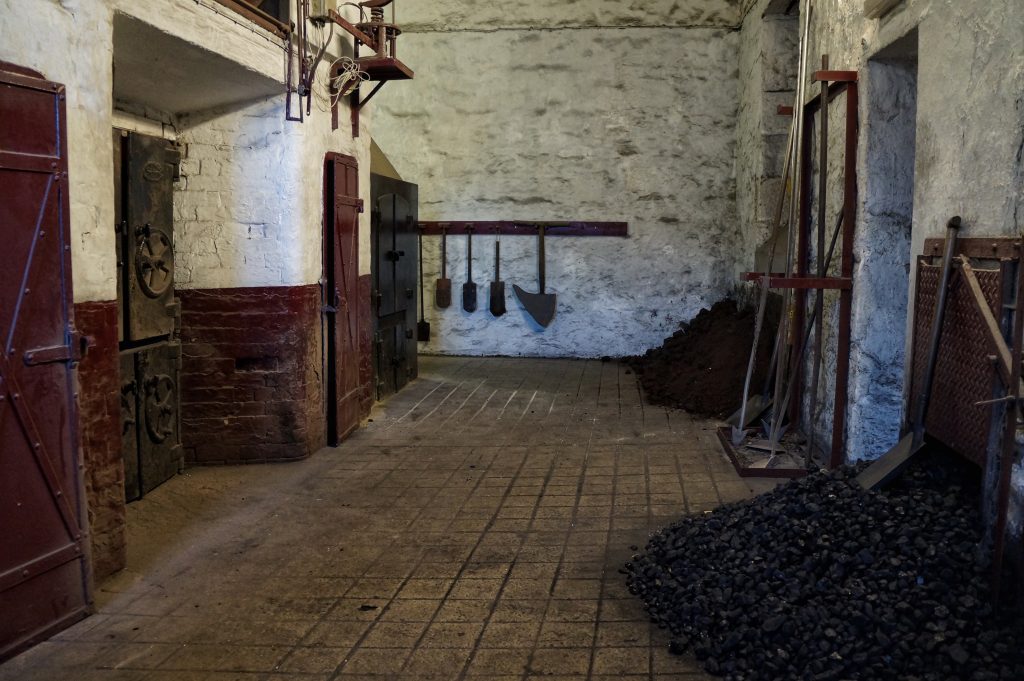
The Balvenie Warehouse
After that we had a quick stop at warehouse 24, this is where we tasted 3 different Balvenies straight from the cask. They were all very nice! Two of them will be reviewed later this month. The large barrel in the back of the warehouse is used for their famous Tun batches.
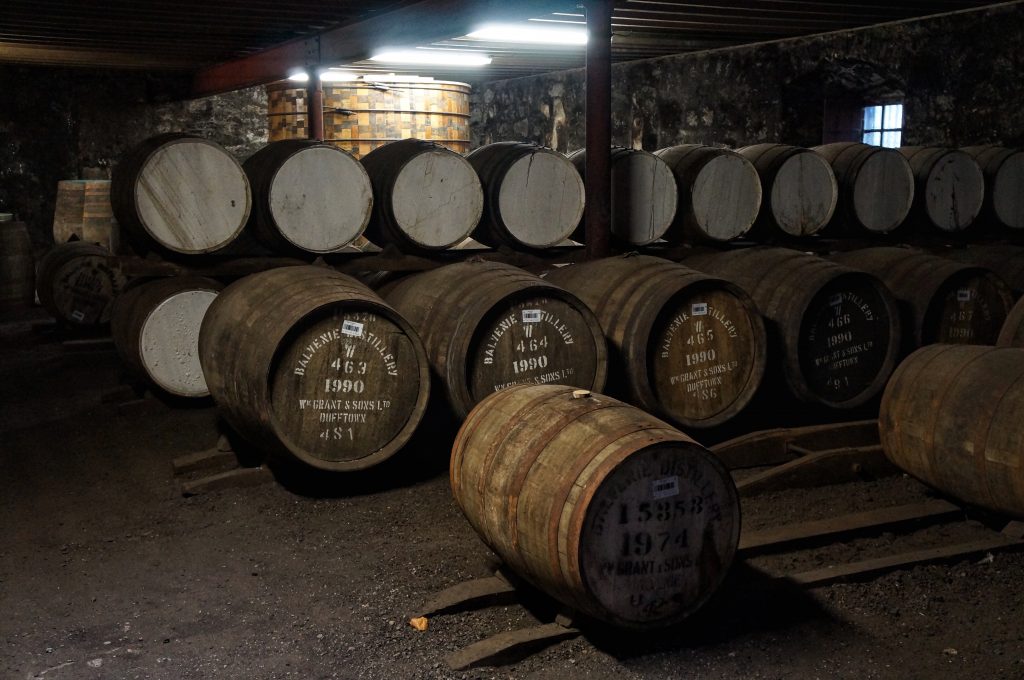
The Balvenie mash tuns and wash backs
Next stop were the stainless steel mash tuns. There are two on site, but one is actually used for Kininvie. After that we were lead to the 24 wash backs, of which 14 are used by The Balvenie. The other 10 are used by Kininvie, since this room is shared with Kininvie as well.
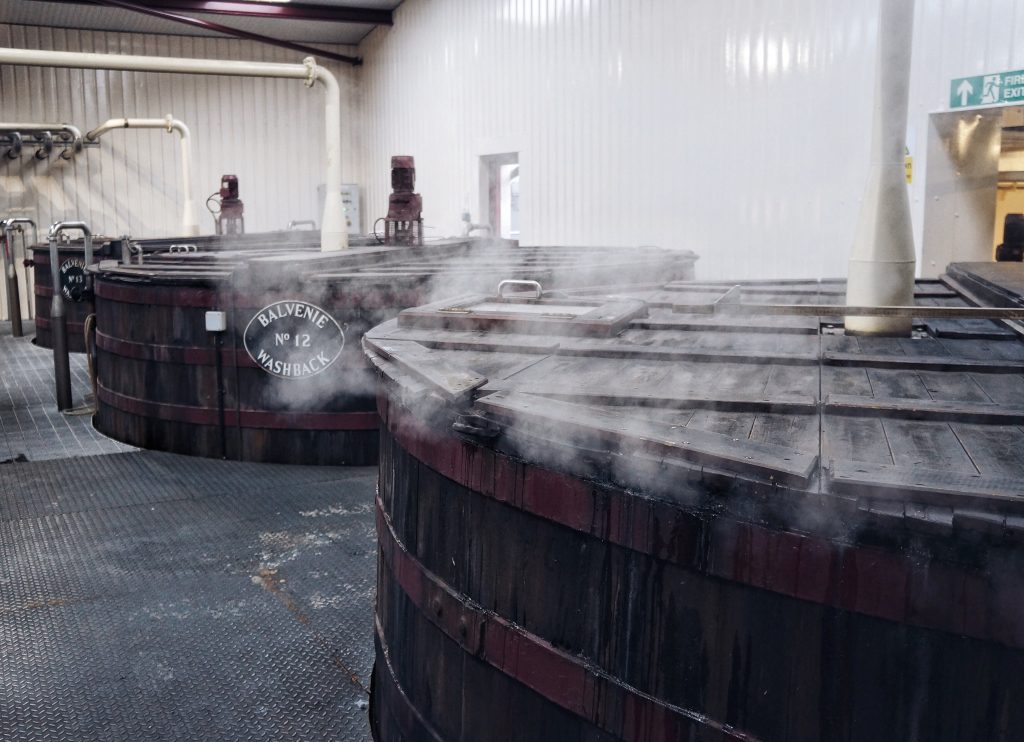
The Balvenie Spirit stills
Originally The Balvenie started with a pair of second hand stills from Lagavulin and Glen Albyn. After the expansion in 1957 the number of stills increased from two till four. Nowadays they have eleven stills, five wash stills and six spirit stills.
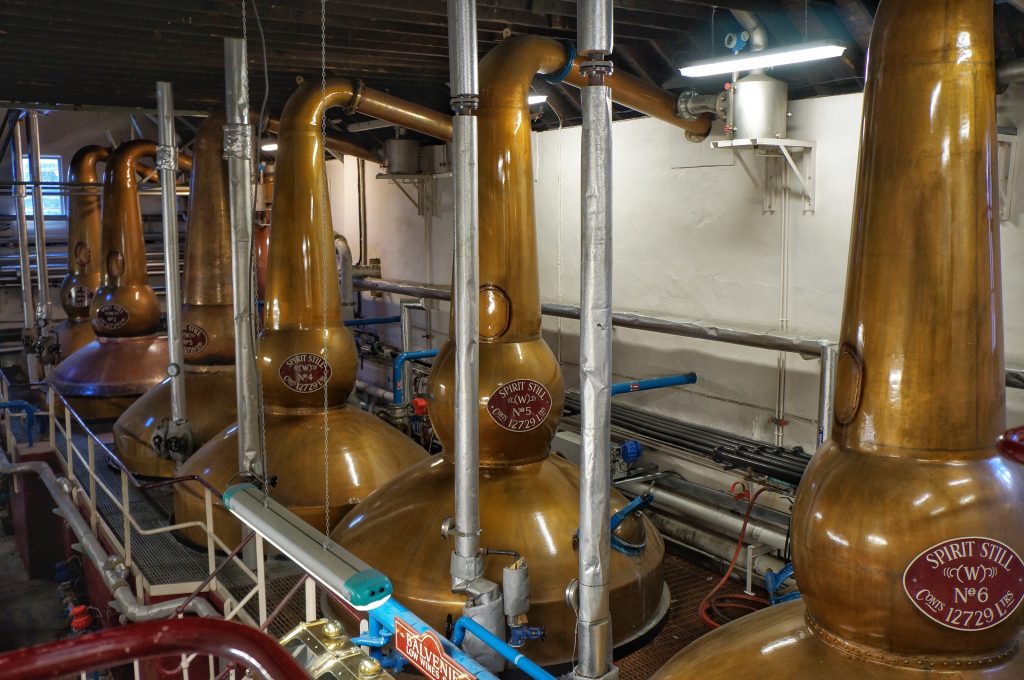
The Balvenie on-site cooperage
A very interesting addition to this tour is the on-site cooperage. With an old Landrover our tour guide brings us to the cooperage at the end of the terrain. It is very nice to see how the coopers do their hard work. The Balvenie / Glenfiddich is one of only 4 distilleries in Scotland that has their cooperage on site.
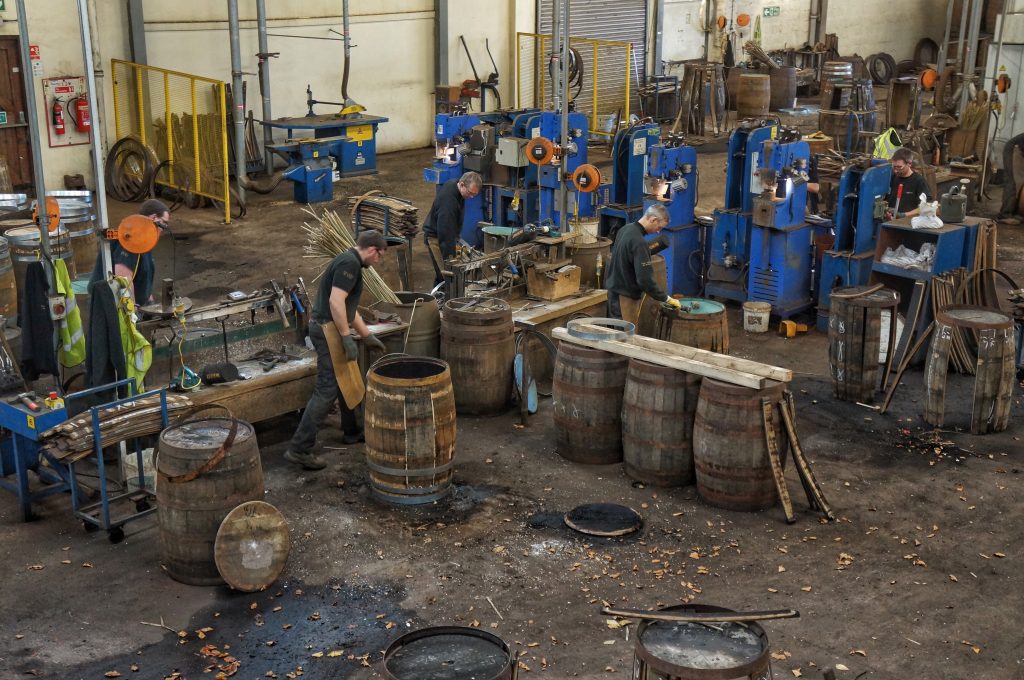
Being at the Balvenie distillery gives you a great feeling on the entire whisky creation process with all elements present on site. Even after visiting many distilleries and tours this was still very interesting. It’s great value for money and well worth the wait. We will be back in a few years time and every now and then pop in.
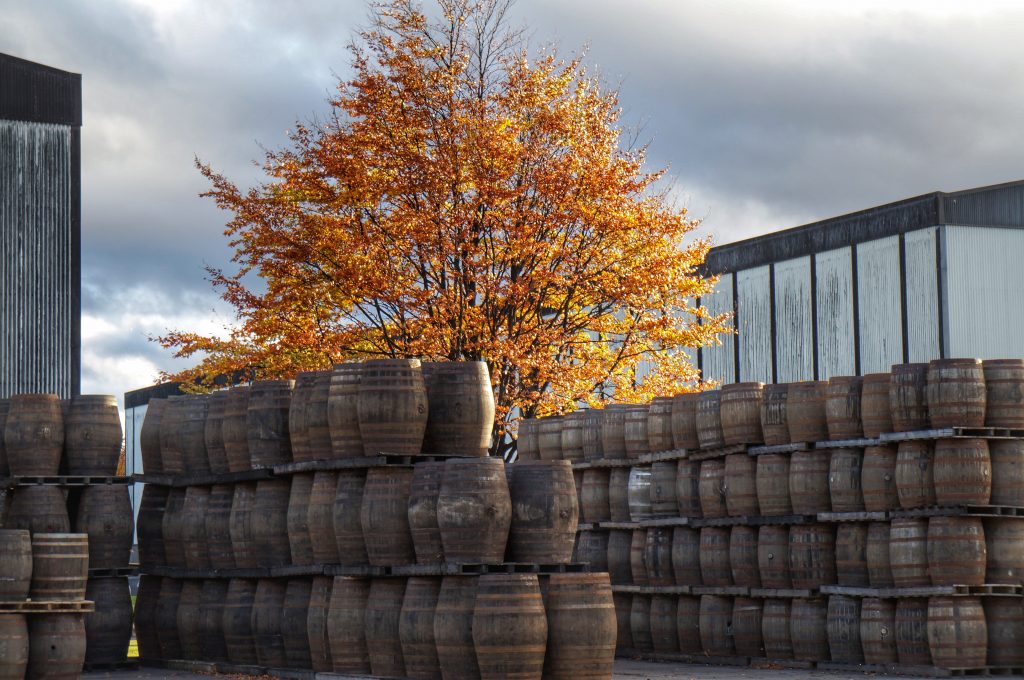
Booking a tour at the Balvenie distillery is easy but like I said before book well in advance!
Check out the options over here.
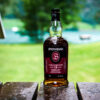

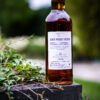
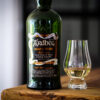
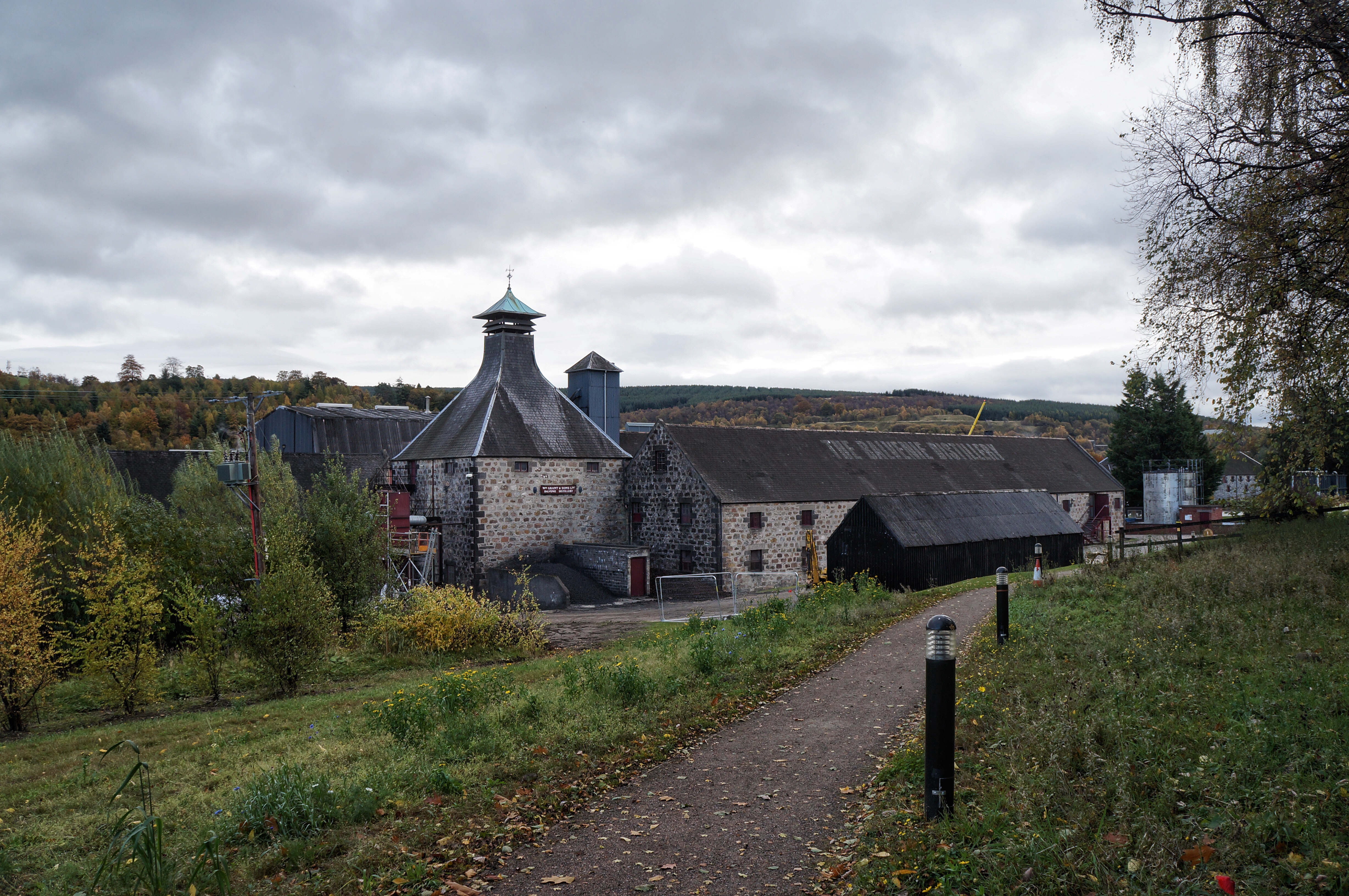
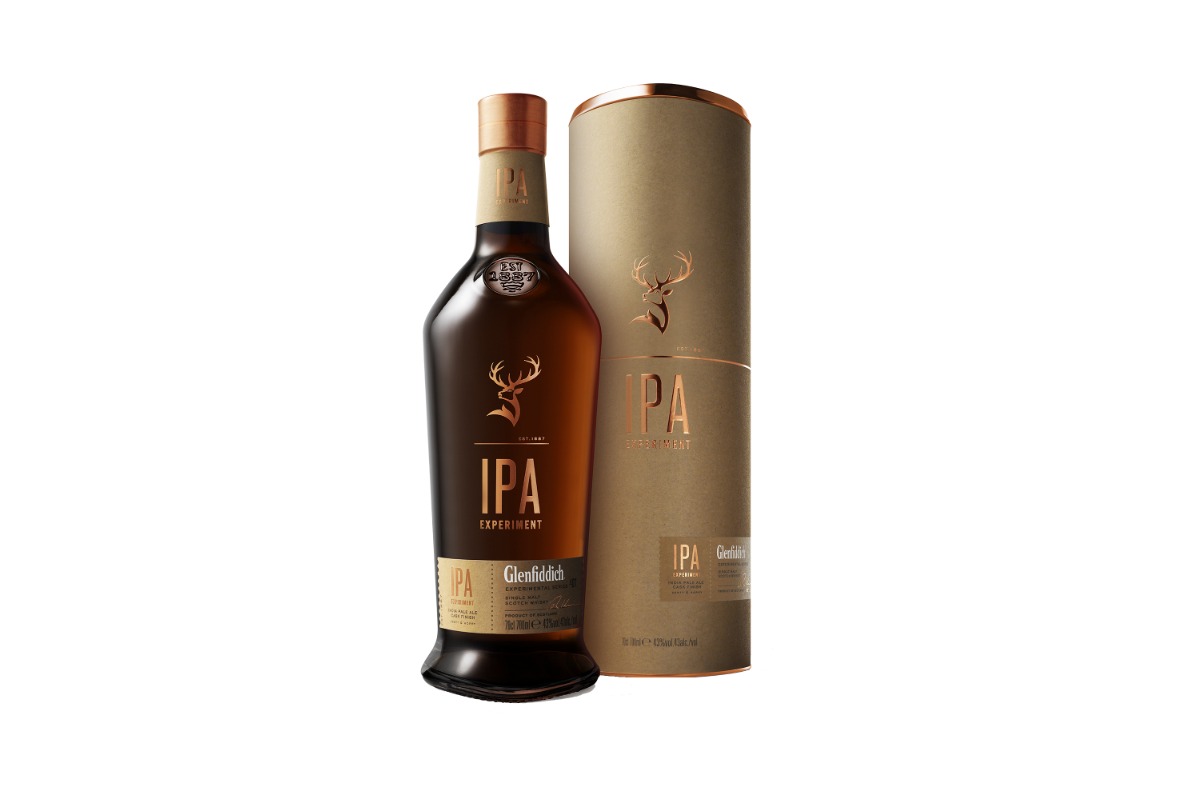
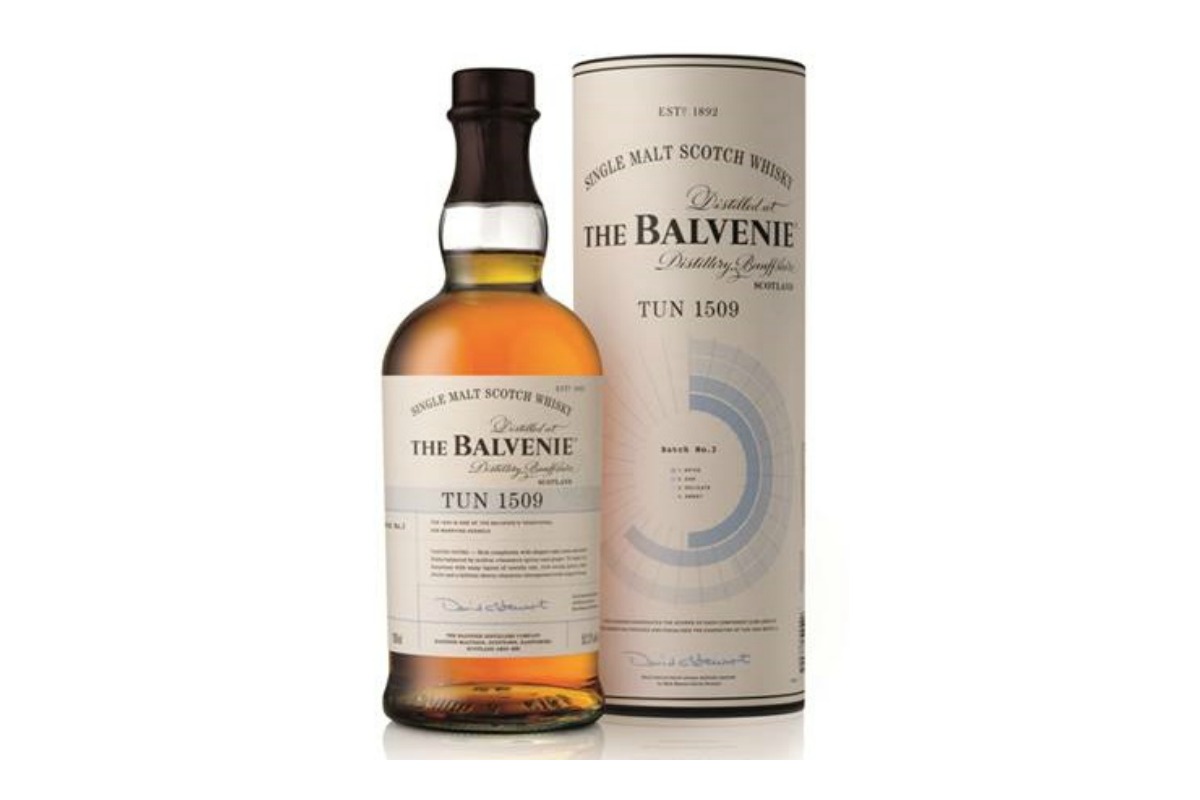
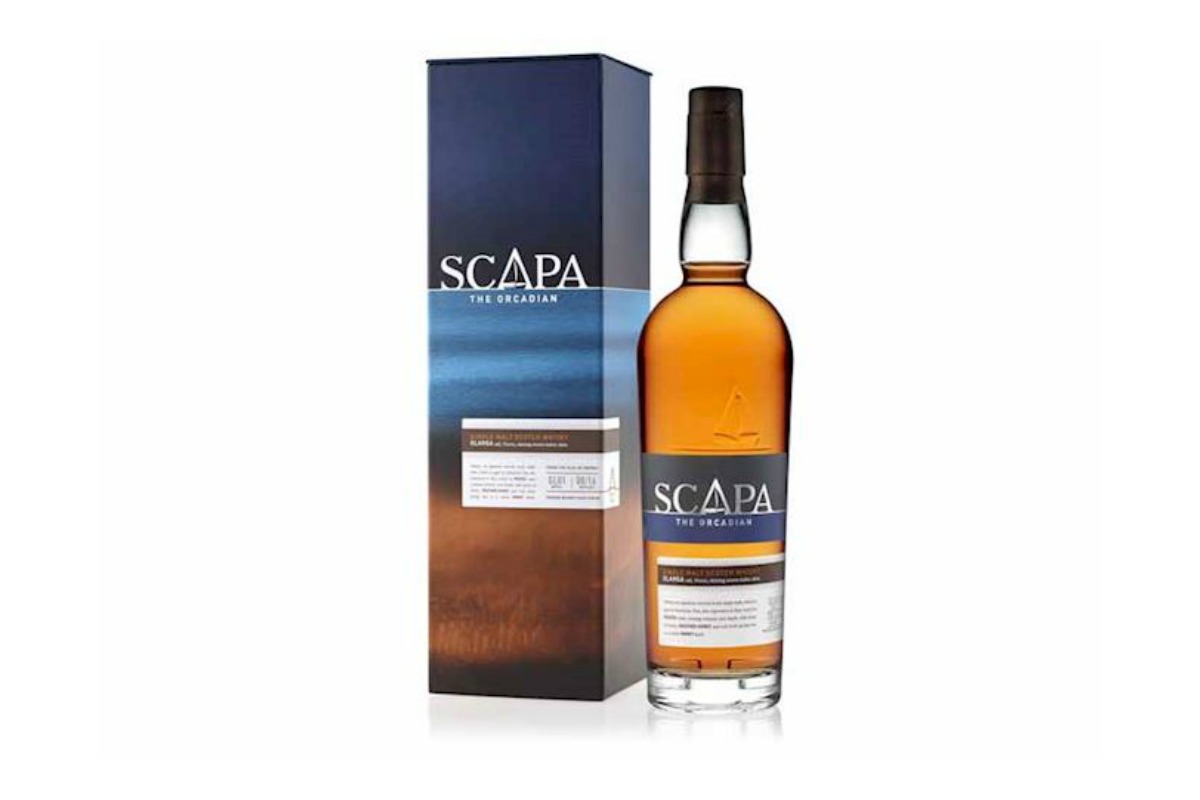
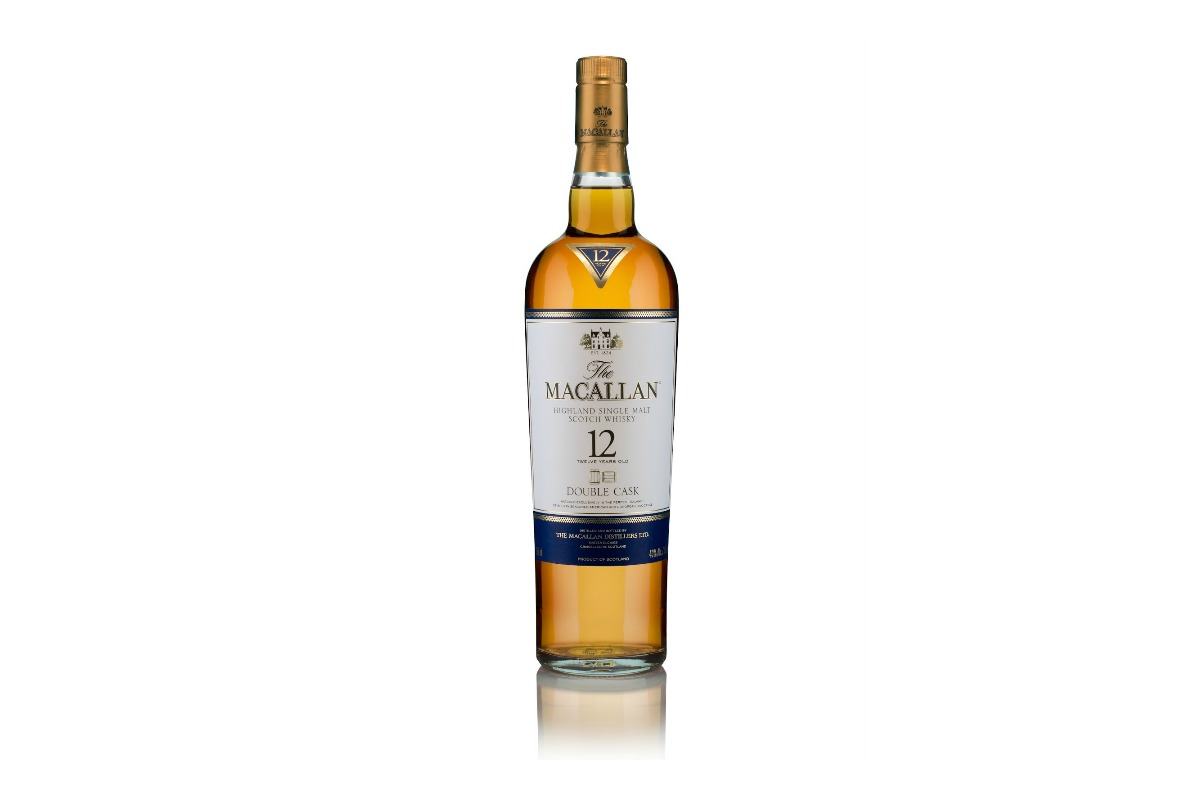
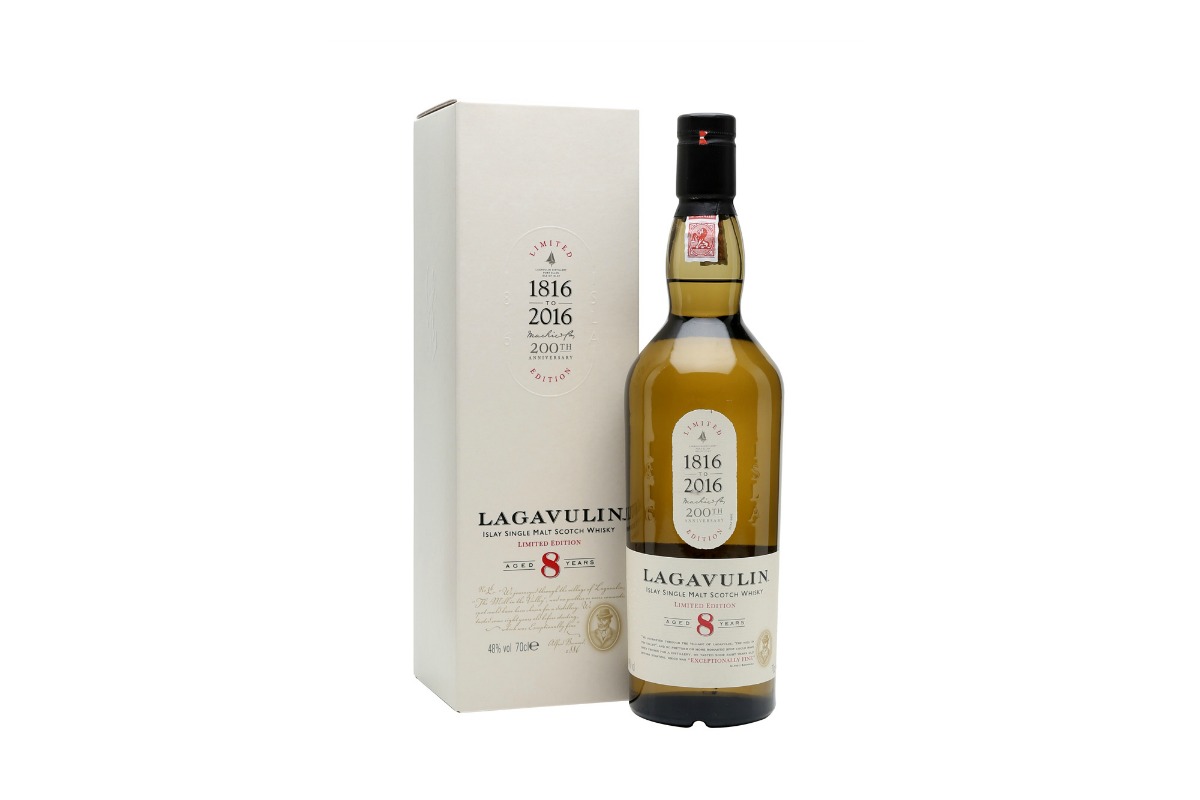
It’s been a couple of years (2013 I believe), but I loved their tour. Will probably go back next week 🙂
Yeah the tour is great! Absolutely loved it. Have fun next week!